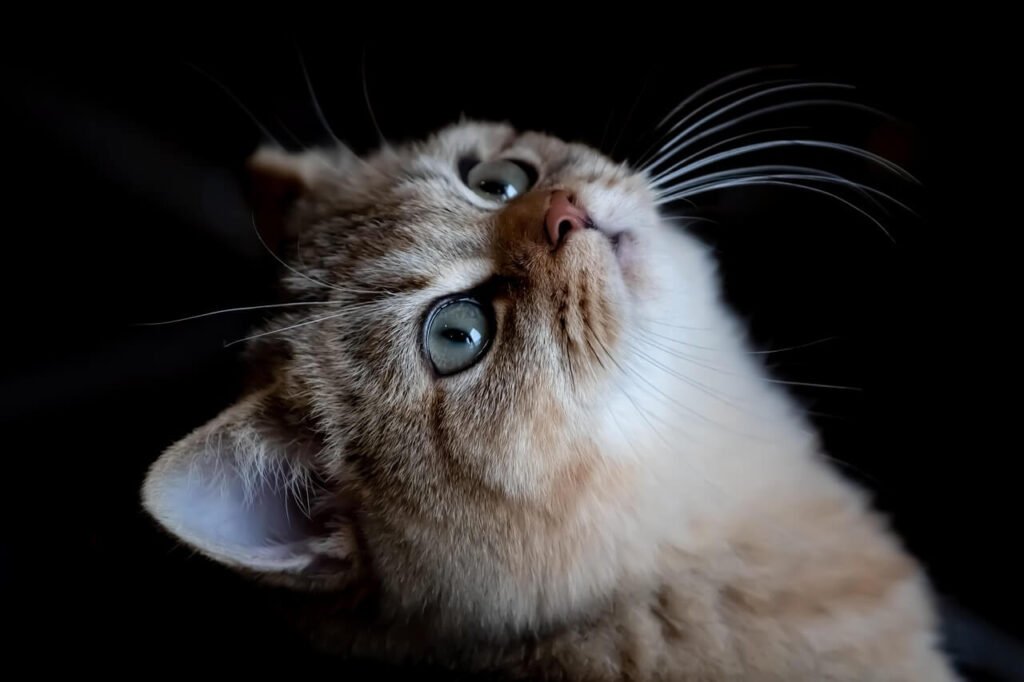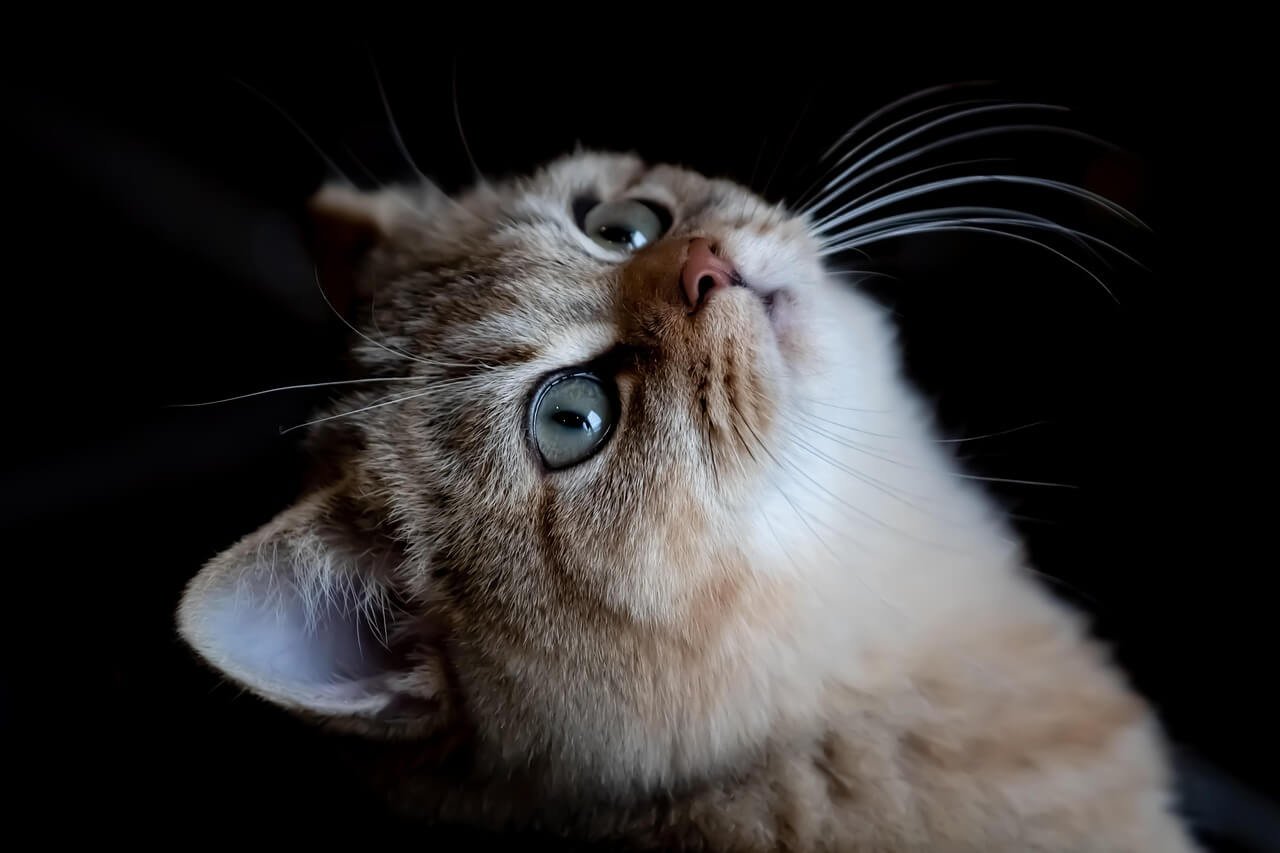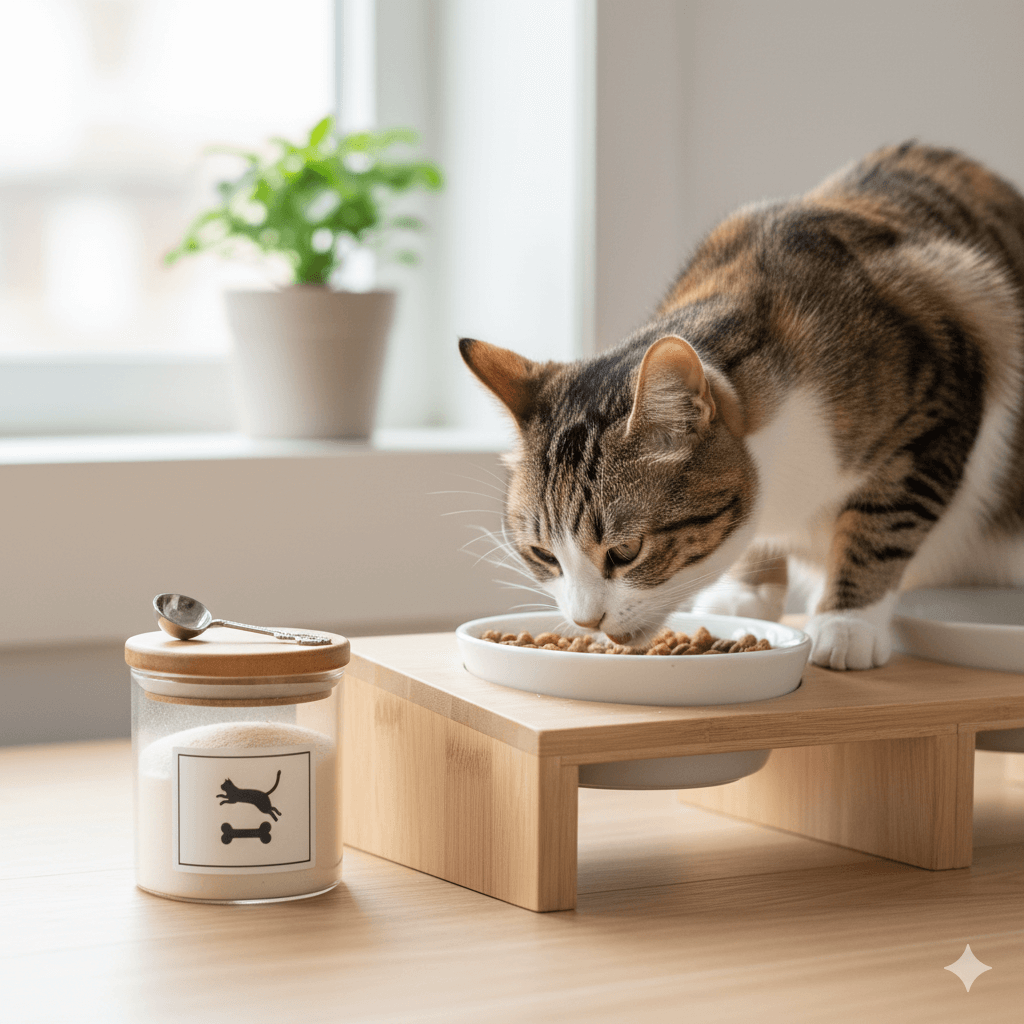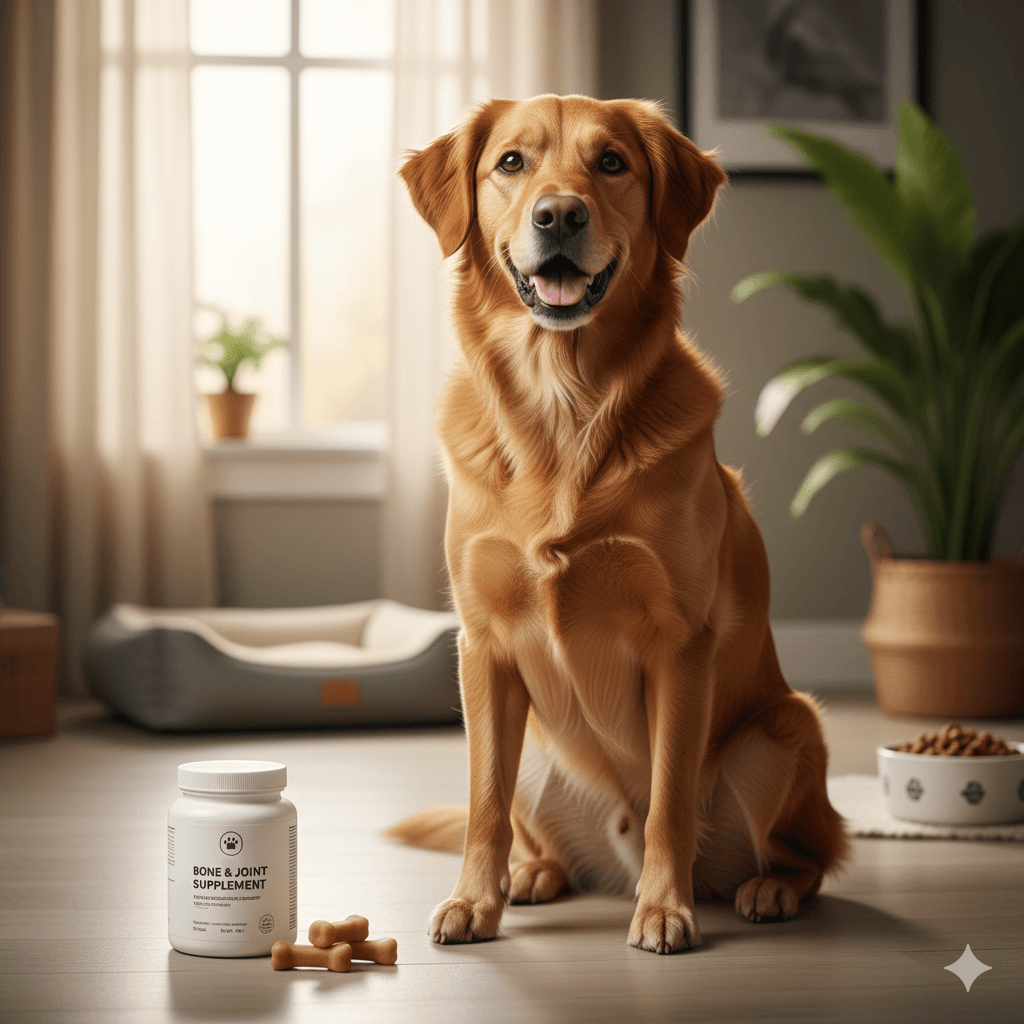Flaked vs Pate Cat Food: What’s Best for Your Feline Friend?
When it comes to feeding your cat, the choices can feel overwhelming. Among the many options available, flaked and pate cat food are two popular textures that often spark debate among pet owners. Flaked food features tender pieces of meat in a gravy or sauce, while pate offers a smooth, dense consistency that some cats find irresistible. But which one is better for your furry companion? The answer depends on factors like your cat’s preferences, nutritional needs, and health conditions. In this blog post, we’ll explore the differences between flaked and pate cat food, helping you make an informed decision that keeps your feline happy and healthy.
Key Differences Between Flaked and Pate Cat Food
Understanding the distinctions between flaked and pate cat food is essential for choosing the right option for your pet. Here’s a breakdown of their key characteristics:
Texture and Appearance:
Flaked food consists of small, shredded meat pieces in a sauce or broth, while pate has a uniform, spreadable texture similar to meatloaf.Moisture Content:
Flaked food typically contains more liquid due to its gravy-based format, making it a hydrating choice for cats who struggle to drink enough water.Palatability:
Many cats prefer the variety and tenderness of flaked food, but others may favor the rich, filling nature of pate.Nutritional Composition:
Both options can provide balanced nutrition, but flaked food may include more protein from visible meat pieces, while pate often contains added fillers or binders.Serving Convenience:
Flaked food is easier to portion for picky eaters, whereas pate can be more economical for multi-cat households due to its dense composition.
These differences highlight how each type of food caters to specific preferences and needs, making it important to consider your cat’s individual habits and health requirements.
Benefits of Flaked Cat Food
Flaked cat food offers several advantages that make it a favorite among pet owners and their feline companions. Here’s why many cats thrive on this texture:
Enhanced Hydration:
The gravy or sauce in flaked food encourages cats to consume more moisture, supporting urinary tract health and overall hydration.Variety in Every Bite:
The mix of meat pieces and sauce provides a diverse taste experience, appealing to cats who enjoy different flavors and textures.Easier to Digest:
The tender flakes are gentle on sensitive stomachs, making them ideal for older cats or those with digestive issues.Appealing Aroma:
The strong scent of the gravy can entice picky eaters, ensuring they finish their meals without hesitation.Visual Appeal:
Cats are naturally drawn to the visible chunks of meat, which mimic the look of fresh prey and stimulate their appetite.
For cats who love variety and need extra hydration, flaked food is a nutritious and satisfying choice.
Check this guide 👉Top 4 Best Canned Cat Food Products Your Feline Will Love!
Check this guide 👉Top 4 Best Sensitive Cat Foods for Ultimate Relief!
Check this guide 👉Top 5 Grain-Free Wet Cat Foods for Ultimate Feline Health!

Advantages of Flaked Cat Food | Advantages of Pate Cat Food |
|---|---|
Higher moisture content for hydration | Dense texture for extended satiety |
Tender pieces appeal to picky eaters | Economical for multi-cat households |
Gravy enhances palatability | Smooth consistency suits toothless cats |
Mimics natural prey appearance | Easier to store and serve in bulk |
Ideal for cats with sensitive stomachs | Provides concentrated nutrition |
Benefits of Pate Cat Food
Pate cat food has its own unique set of advantages, making it a practical and nourishing option for many cats. Here’s why pate might be the right choice for your pet:
Long-Lasting Fullness:
The dense texture of pate keeps cats feeling fuller for longer, reducing the frequency of meals needed throughout the day.Suitable for Toothless or Senior Cats:
Its soft, spreadable consistency is easy to chew, making it perfect for older cats or those with dental issues.Cost-Effective Feeding:
Pate often provides more servings per can compared to flaked food, making it a budget-friendly option for large households.Minimal Waste:
Since pate doesn’t separate into liquid and solids, there’s less risk of your cat leaving behind uneaten portions.High-Calorie Option:
For underweight or highly active cats, pate delivers concentrated energy and nutrients in every bite.
With its practicality and nutritional density, pate cat food is an excellent choice for cats needing sustained energy and minimal meal prep.
Factors to Consider When Choosing Between Flaked and Pate
Deciding between flaked and pate cat food requires careful consideration of your cat’s unique preferences and health needs. Keep these factors in mind before making your choice:
Your Cat’s Age and Health:
Kittens and senior cats may benefit from softer textures like pate, while active adults might enjoy the variety of flaked food.Hydration Needs:
If your cat doesn’t drink enough water, flaked food’s higher moisture content can help prevent dehydration-related issues.Dietary Restrictions:
Check ingredient labels to ensure the food aligns with any allergies, sensitivities, or dietary restrictions your cat may have.Feeding Preferences:
Observe whether your cat gravitates toward certain textures or flavors—some may prefer the chunkiness of flakes, while others favor the creaminess of pate.Budget and Storage:
Consider how much food you’ll need and how long it will last. Pate is often more economical and easier to store than flaked varieties.
By weighing these factors, you can select a food that meets your cat’s needs while fitting seamlessly into your lifestyle.
Signs Your Cat Prefers Flaked Food
Some cats show clear signs that they prefer flaked food over other textures. Observing these behaviors can guide your decision-making process.
Leaving Behind Solid Portions:
If your cat eats only the gravy or sauce and ignores the solid parts of pate, they likely prefer the lighter texture of flaked food.Increased Mealtime Excitement:
Cats excitedly rushing to their bowl when flaked food is served may indicate a strong preference for this option.Licking the Bowl Clean:
A clean bowl after serving flaked food suggests satisfaction, while leftover pate might signal disinterest.Refusal to Eat Dry Alternatives:
Cats rejecting dry kibble but eagerly eating flaked wet food may simply enjoy the moisture and tenderness of flakes.Improved Hydration Levels:
If your cat drinks less water but stays hydrated on flaked food, it’s a sign they’re getting the moisture they need from this texture.
Recognizing these signs helps you cater to your cat’s tastes and ensure they’re fully satisfied with their meals.
How to Transition Between Textures
Switching your cat’s food from flaked to pate—or vice versa—requires patience and care to avoid digestive upset. Follow these steps for a smooth transition:
Introduce Gradually:
Start by mixing a small amount of the new texture with the old one, gradually increasing the ratio over 7-10 days.Monitor Their Reaction:
Watch for signs of refusal, vomiting, or diarrhea, which could indicate intolerance to the change.Offer Variety Early On:
Expose kittens to both textures early in life to reduce pickiness as they grow older.Use Positive Reinforcement:
Reward your cat with treats or affection after trying the new food to create positive associations.Consult Your Vet:
If your cat resists the transition, seek advice from your veterinarian to rule out underlying health concerns.
A gradual approach ensures a successful switch without compromising your cat’s comfort or well-being.
Tips for Combining Flaked and Pate Cat Food
Mixing flaked and pate cat food can offer the best of both worlds, providing variety and balanced nutrition. These tips help you combine them effectively:
Blend for Enhanced Flavor:
Mixing pate with flaked food creates a richer taste profile that appeals to picky eaters.Adjust for Moisture Levels:
Add a splash of water or broth to pate-heavy mixes to maintain adequate hydration for your cat.Experiment with Ratios:
Test different combinations (e.g., 50/50 or 70/30) to see what your cat enjoys most.Rotate Regularly:
Alternating between pure flaked, pure pate, and mixed meals prevents boredom and encourages flexibility.Store Properly:
Refrigerate unused portions promptly to preserve freshness and prevent spoilage.
Combining textures allows you to customize meals tailored to your cat’s preferences and nutritional needs.
Frequently Asked Questions About Flaked vs. Pate Cat Food
Can I mix flaked and pate cat food together?
Yes, mixing the two textures can provide variety and balance, especially if your cat enjoys both options.
Is one type better for weight management?
Pate’s high-calorie density is better for underweight cats, while flaked food’s lower calorie count suits overweight felines.
What should I do if my cat refuses to eat either type?
Try warming the food slightly or adding a small amount of tuna water to enhance the flavor and entice them to eat.
Does flaked food spoil faster than pate?
Flaked food may dry out more quickly once opened, so it’s best to refrigerate leftovers promptly.
Are there health risks associated with either type?
Both options are safe when formulated correctly, but always check for harmful additives or low-quality ingredients.
Finding the Perfect Balance for Your Cat
Choosing between flaked and pate cat food ultimately comes down to understanding your cat’s personality, dietary needs, and lifestyle. Whether you opt for the hydrating, flavorful appeal of flaked food or the dense, satisfying richness of pate, the most important thing is providing a balanced and enjoyable diet. By paying attention to your cat’s reactions and consulting your veterinarian when needed, you can ensure they receive the nutrition they need to thrive. Remember, every cat is unique—what works for one may not work for another, so don’t hesitate to experiment until you find the perfect match!
Understanding Bone Supplement for Cats: Best 7 Expert Tips! – Safe, vet-approved guidance for strong feline bones & balanced nutrition.
Bone Supplement for Dogs: Best 7 Expert Tips! – Expert guide to calcium, collagen & bone health for every life stage.
Understanding Can Cats Get Sunburn: Best 7 Expert Tips! – Protect your feline from UV damage with vet-backed prevention strategies.
How to Train a Seizure Alert Dog: Best 7 Expert Tips! – Learn expert-backed steps to nurture natural instincts into reliable, life-saving seizure alerts.





